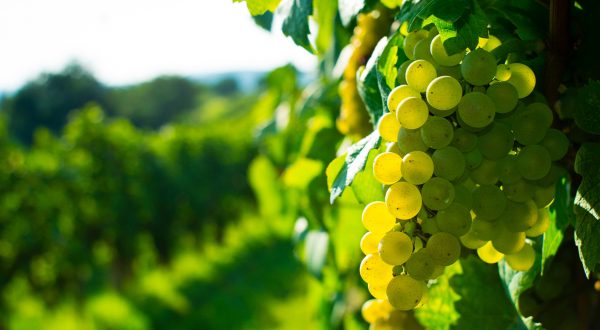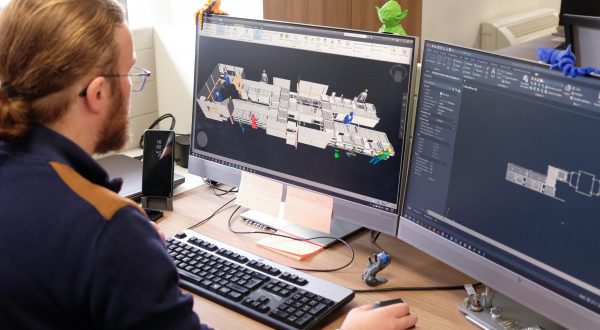
Nature invented flight and swimming. It produces resistant and non-polluting materials. It has created smart ecosystems. It has done all of this without generating waste – can biomimicry help us to replicate this zero-waste transformation process?
Nature has an uncanny ability to get things right. With 3,800 million years of evolution to its credit, nature is undoubtedly the world’s leading R&D lab! What better reason to draw inspiration from it as we seek to develop innovative and effective products.
Nature is the best teacher, and our future lies in learning from it
The concept of nature-inspired solutions, known as biomimicry and championed by science writer Janine Benyus, is increasingly appealing. Unlike humans, nature is frugal and does not produce waste; nor does it consume energy to drive production cycles. With a simple paradigm shift, we can view life forms as a source of solutions rather than merely a consumable resource.
Planes, trains and… ventilation
Biomimicry has already resolved tangible challenges and helped to transform entire industrial sectors. Transport and construction provide the best-known examples in this regard, but in fact many sectors have made advances by studying the ways of nature.
Drawing inspiration from the Steppe Eagle’s aerodynamic flight ability, Airbus developed upward-curling winglets for its A350 aircraft that mimic the Eagle’s wingtips. Thanks to these Sharklets™, as these wingtip devices are called, aircraft fly longer and use 4% less fuel.
The nose of the Shinkansen, Japan’s bullet train is also inspired by nature: its design mimics the kingfisher’s beak. Previously this high-speed train exceeded noise limits, especially when emerging from tunnels, of which there are many on the line, creating sonic booms due to sudden shifts in air pressure, and consuming too much energy in the process. By suggesting that the nose of the train should mimic the beak of the kingfisher, which can dive into water without splashing, a railway engineer keen on biology enabled the Shinkansen to reduce noise, cut its electrical power consumption by 15%, and increase its speed by 10%.
In Zimbabwe, construction of the Eastgate Building drew inspiration from self-cooling termite mounds; as a result, it is equipped with a natural ventilation system that uses very little energy, 50 to 90% less than conventional buildings.
While man-made glass-production requires temperatures as high as 500 °C, the glass sponge Euplectella is endowed with filaments that possess the same properties as optical fibre but are sturdier and produced at ambient temperature.
Industrial ecology

Using forms and processes as sources of inspiration is only part of what biomimicry has to offer. As part of a wider-ranging approach to biomimicry, ecosystems can also serve as a source of inspiration.
In nature, one life form’s by-product is a resource for another; as a result, no waste is produced. When applied to human production activity, this concept, known as industrial ecology, gives rise to the circular economy, which, in turn, optimises industrial ecosystems. Already in his day, Leonardo da Vinci told his students that nature is the best teacher and that our future lies in learning from it.
15/05/2017



